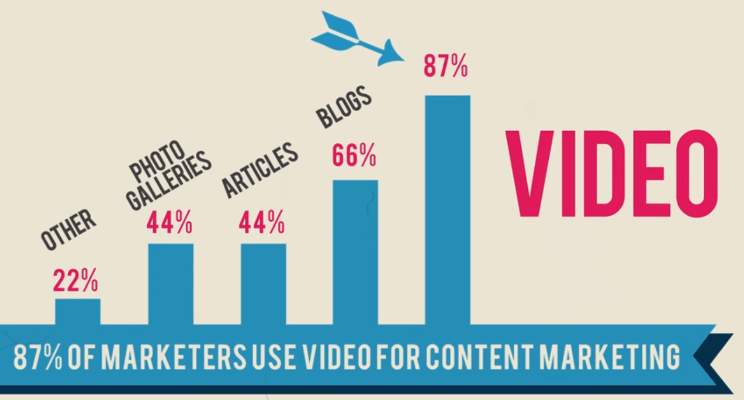Ad films have come a long mile since they started and gradually, have been captivating audience by means of interesting and evolving cinematography. There has been a spurt in the advertisement baseline that initially started in soaps but started to have their influence on news media too. Through innovative tactics, the ad world has become a strong communicative factor with the viewers.
They are the persuasive kind which have been ruling this earth much before the internet came into existence. Although bad scripted or cheaply directed ads could be forgotten easily, we remember exciting, engaging ads for years to come.
The Power and Influence of Ad Films on Modern Marketing Strategies

Today, almost everything is sold by promotion on TV and mobiles, the only source being advertisement. Our marketing strategies have changed these years and so the techniques. More CGI and graphics like MAYA 3D is being used to making the ad more thrilling, captivating and adventurous.
To an extent, ads also serve as a mirror to judge a product. We are prone to selection but advertisements can show us some important benefits of purchase since they are focused more on its quality than appeal. The viewer can be the expected customer when merits of a product are clearly distinguished.
However, ads also require a bit of lifeline. Effective advertisement means choice of a prime time where viewership is high. When aired at the right time, the TV advertised product can have many buyers. Documentaries and social/art films shown at such time have effective campaigning results. We also find charity programs during peak hours get positive results like, ads asking for monetary help for flood victims to PM relief fund, short films on defecation free sanitation etc. These endorsements boost nation building.
Impact of Video Ads on Consumer Culture and Health Awareness
Although video ads have brought about true renaissance of culture modification, they induce people too much on material things by emotionally connecting with the masses. Sometimes, the valued product could not be worthy of appeal and yet it may find many takers also. Certainly, prompting someone to buy a product may not be always a good thing if it is hidden by strong profit making intention. In India, there are many sects in society that practice vegetarianism, however, some promotions do endorse a product that could contain edible animal ingredients and yet forwarded to the customer as a veg product. We have seen this in many public petitions.
There is a superficial world out altogether. Eating healthy and staying fit is the objective we always learn from our parents. But famous video companies have opened entry to fast food giants like McDonalds and made us habitual of this junk even though their nutritional value is zero.
Things You Must Consider Before Deciding on an Ad Film

An ad film is a powerful marketing tool used to capture the attention of the target audience and convey a compelling message. As it has been discussed, ad films are typically designed to evoke emotions, entertain, and persuade viewers to take a specific action, such as making a purchase or visiting a website. The creative and engaging nature of ad films allows businesses to effectively communicate their value proposition and build brand awareness. So, before embarking on the journey of effective ad filmmaking, careful consideration of several crucial factors is essential to ensure a successful and impactful campaign.
Here are some important things to consider while effective advertisement film making:
- Purpose and Objective: Clearly define the purpose and objectives of the ad film. It could be to raise brand awareness, promote a product, or evoke a specific emotion in the audience. A well-defined objective will guide the creative direction and messaging.
- Target Audience: Understand your target audience thoroughly. Conduct market research to identify their preferences, behaviours, and demographics. Tailor the ad to resonate with your intended viewers and address their needs.
- Message and Storytelling: Craft a compelling message that aligns with your brand identity and core values. Storytelling can be a powerful tool to convey emotions and connect with the audience on a deeper level.
- Budget: Determine a realistic budget for the ad film. Consider all production costs, including scripting, casting, location, equipment, and post-production. Balancing creativity with budget constraints is crucial for a successful campaign.
- Creative Concept: Develop a unique and creative concept that grabs attention and sets your ad apart from competitors. A fresh and innovative idea can leave a lasting impact on viewers.
- Duration: Decide on the appropriate duration for the ad. Whether it's a short, snappy commercial or a longer narrative-driven film, the length should align with the objectives and suit the chosen platform for distribution.
- Production Team: Assemble a skilled and experienced production team, including directors, writers, cinematographers, and editors. Collaboration with professionals who understand your brand and vision is vital for executing a high-quality ad.
- Call-to-Action: Include a clear and compelling call-to-action (CTA) that prompts the audience to take the desired action, whether it's making a purchase, visiting a website, or subscribing to a newsletter.
- Distribution Channels: Plan how and where the ad will be distributed to reach the intended audience effectively. Consider various platforms like TV, online streaming services, social media, and digital marketing.
- Metrics and Evaluation: Define key performance indicators (KPIs) to measure the ad's success. Track metrics like views, engagement, conversion rates, and brand lift to evaluate the ad's effectiveness and make necessary improvements for future campaigns.
By carefully considering these factors before deciding on an ad film, you can create a compelling and impactful campaign that resonates with your audience and achieves your marketing objectives.
Read More: How Ad Films Can Help Your Business?
What are the positive and negative impacts of ad films on consumers?

Ad filmmaking is an art and requires an immense amount of ideation, planning, preparation and implementation. As everything has its pros and cons, ad films also have several positive as well as negative impacts on people. Let’s take a look at both factors.
Positive impacts of ad films on consumers:
- Awareness and Information: Ad films increase consumer awareness about new products, services, or brands, providing valuable information to make informed decisions.
- Emotional Connection: Well-crafted ad films can evoke emotions and create a positive association with a brand, fostering a sense of loyalty and trust.
- Entertainment: Ad films often incorporate humour, storytelling, or creative visuals, making them entertaining to watch and leaving a lasting impression.
- Persuasion: Ad films use persuasive techniques to influence consumer behaviour and encourage them to take desired actions, such as making a purchase.
- Brand Recall: Memorable ad films enhance brand recall, ensuring that consumers remember the product or brand when making future purchasing decisions.
Negative impacts of ad films on consumers:
- Manipulation: Some ad films may use manipulative tactics to exploit consumer emotions and influence purchasing decisions.
- Misleading Claims: Ad films with misleading or exaggerated claims can lead to false expectations among consumers.
- Intrusion: Overexposure to ad films, especially in digital media, can lead to an intrusive and annoying experience for consumers.
- Materialism: Constant exposure to consumerism-driven ad films can promote materialistic values, leading to unnecessary purchases and excessive consumption.
- Unrealistic Expectations: Ad films showcasing idealized scenarios can create unrealistic expectations, leading to dissatisfaction when reality falls short.
Overall, ad films can have both positive and negative impacts on consumers. While they help in creating awareness, entertaining, and building emotional connections, they can also be manipulative and promote materialistic values in various capacities. Consumers, as well as makers, being aware of these impacts, can help make more informed and conscious choices while engaging with ad films and making purchasing decisions.






.png)


.jpg)
.jpg)
.jpg)


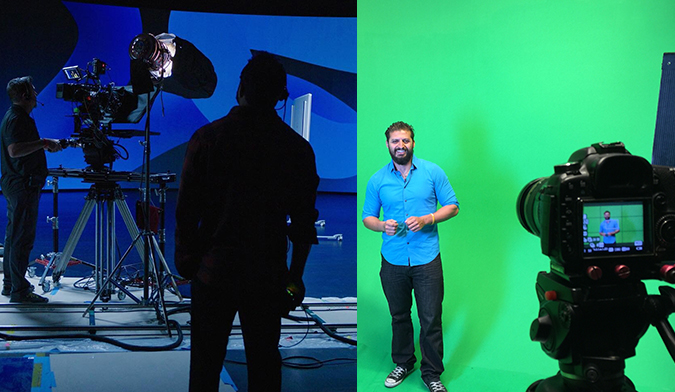



.jpg)

.jpg)



.jpg)





.jpg)
.jpg)
.jpg)


.jpg)

.jpg)
.jpg)

.jpg)
.jpg)
.jpg)
.jpg)
.jpg)
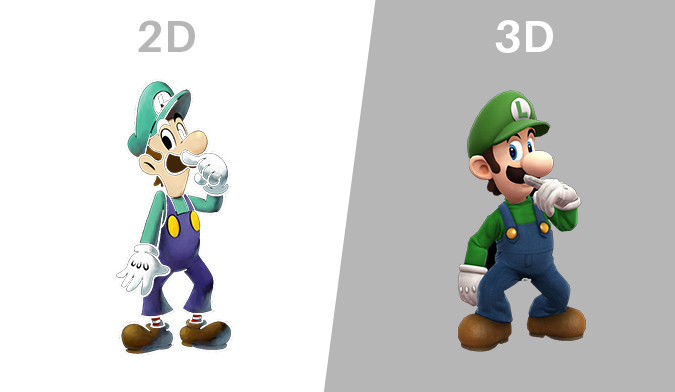
.jpg)
.jpg)
.jpg)
















.jpg)




.jpg)
.jpg)
.jpg)

.jpg)
.jpg)
.jpg)





.jpg)
.jpg)





















.jpg)
.jpg)
.jpg)

.jpg)
.jpg)
.jpg)
.jpg)












.jpg)
.jpg)
.jpg)
.jpg)
.jpg)
.jpg)


.jpg)
.jpg)
.jpg)
.jpg)
.jpg)

.jpg)
.jpg)
.jpg)
.jpg)
.jpg)
.jpg)
.jpg)






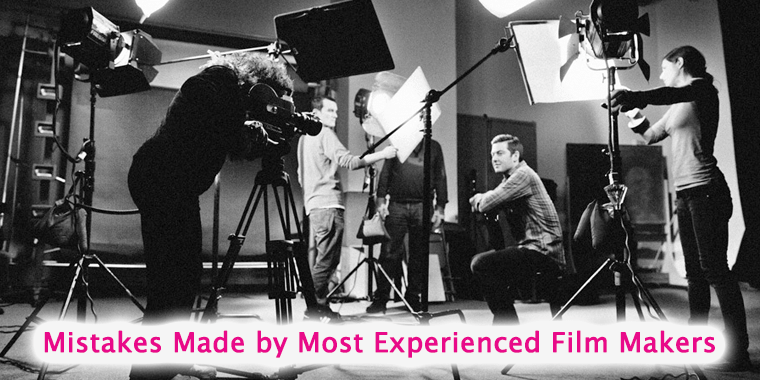
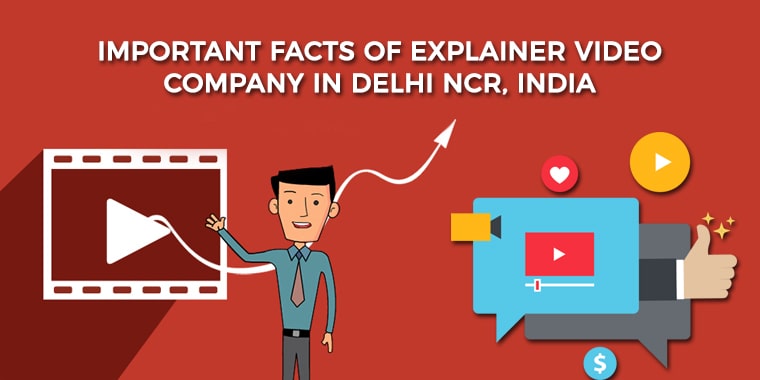
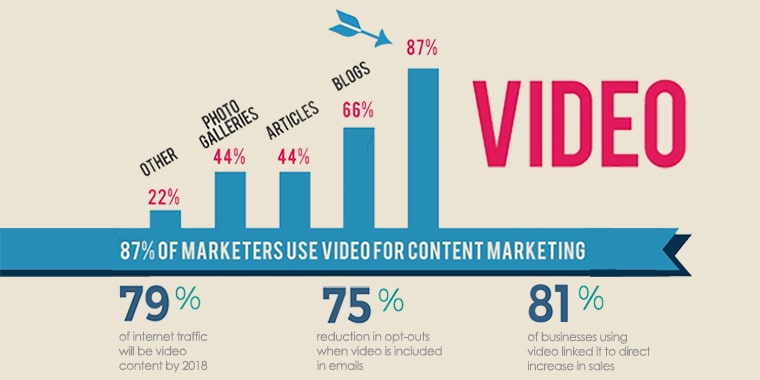
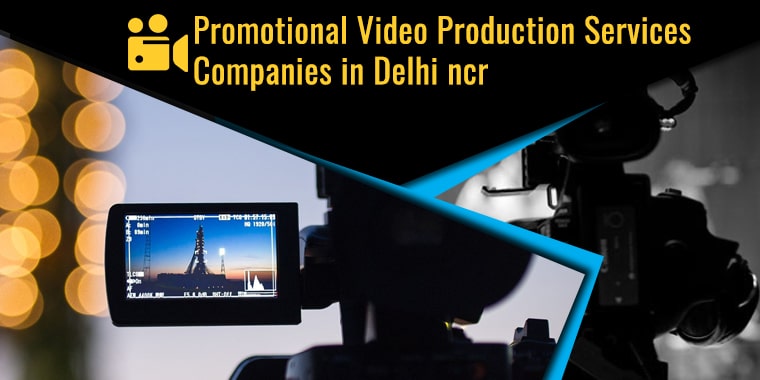










.jpg)
.jpg)
